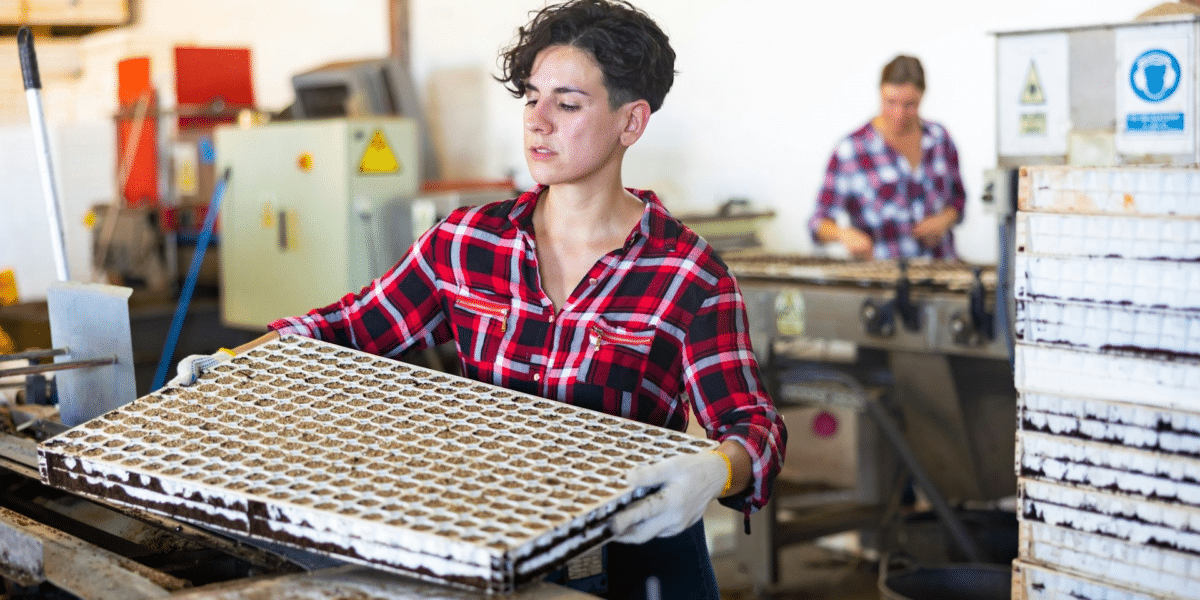How Plastic Manufacturing in Chicago Can Embrace Environmental Sustainability
Plastic manufacturing plays a crucial role in various industries, but its environmental impact is a significant concern. In a city like Chicago, where industrial activities are prevalent, making plastic manufacturing more environmentally friendly is essential. This article explores methods to achieve sustainable plastic production, the benefits of these practices, and the challenges involved.
Sustainable Raw Materials
One of the most effective ways to reduce the environmental impact of plastic manufacturing is by using bio-based plastics. These plastics are made from renewable resources such as corn, sugarcane, or other biomass. Unlike traditional petroleum-based plastics, bio-based plastics reduce reliance on fossil fuels and have a smaller carbon footprint. Implementing bio-based materials in Chicago’s plastic manufacturing can significantly decrease environmental harm.
Incorporating recycled materials into plastic production is another crucial step towards sustainability. By using post-consumer and post-industrial plastic waste, manufacturers can reduce the demand for virgin plastic and lower the overall environmental impact. Chicago’s robust recycling programs can support this initiative by providing a steady supply of recyclable materials for manufacturers.
Energy Efficiency
Modernizing manufacturing equipment can lead to substantial energy savings. Newer machines are designed to be more energy-efficient, using less power to produce the same amount of plastic. By investing in advanced machinery, plastic manufacturers in Chicago can reduce their energy consumption and decrease greenhouse gas emissions.
Switching to renewable energy sources such as solar, wind, or hydroelectric power can further enhance the sustainability of plastic manufacturing. Many manufacturing facilities in Chicago can benefit from the city’s growing renewable energy infrastructure. Using clean energy not only reduces carbon emissions but also aligns with global efforts to combat climate change.
Waste Reduction
Implementing lean manufacturing techniques can help minimize waste in the production process. These methods focus on improving efficiency, reducing material usage, and eliminating unnecessary steps. By adopting lean principles, plastic manufacturers in Chicago can create a more streamlined and eco-friendly production process.
A closed-loop system involves recycling waste generated during the manufacturing process back into the production cycle. This approach minimizes waste and reduces the need for raw materials. In Chicago, manufacturers can collaborate with local recycling facilities to establish closed-loop systems, ensuring that production waste is efficiently reused.
Emission Control
Installing advanced filtration systems can significantly reduce the release of harmful pollutants into the environment. These systems capture airborne particles and toxic chemicals, preventing them from being released into the atmosphere. By enhancing emission control measures, plastic manufacturers in Chicago can mitigate their environmental impact.
Carbon capture and storage (CCS) technologies can help manage carbon dioxide emissions from plastic manufacturing. CCS involves capturing CO2 emissions and storing them underground, preventing them from entering the atmosphere. Implementing CCS in Chicago’s plastic manufacturing facilities can contribute to reducing the city’s overall carbon footprint.
Sustainable Product Design
Creating products that are easier to recycle can have a significant positive impact on the environment. By designing plastic products with recycling in mind, manufacturers can ensure that materials are reused rather than ending up in landfills. This approach not only supports Chicago’s recycling efforts but also promotes a circular economy.
Innovating product designs to use less plastic without compromising quality is another effective strategy. This can involve using alternative materials or redesigning products to be lighter and more efficient. By reducing the amount of plastic used, manufacturers can lessen their environmental impact and promote sustainability.
Community and Industry Collaboration
Collaborating with environmental organizations can provide valuable insights and resources for sustainable practices. These partnerships can help manufacturers stay informed about the latest sustainability trends and technologies. In Chicago, working with local environmental groups can foster a community-wide commitment to reducing the environmental impact of plastic manufacturing.
Adopting industry standards and certifications such as ISO 14001 can demonstrate a commitment to environmental responsibility. These standards provide a framework for managing environmental impacts and continuously improving sustainability practices. Chicago’s plastic manufacturers can benefit from these certifications by gaining recognition for their efforts and improving their market competitiveness.
Challenges and Considerations
One of the primary challenges in making plastic manufacturing more environmentally friendly is the cost. Implementing sustainable practices often requires significant investment in new technologies and processes. However, these investments can lead to long-term savings and benefits, making them economically viable in the long run.
Navigating the regulatory landscape can be complex. Manufacturers must ensure compliance with local, state, and federal environmental regulations. In Chicago, staying up-to-date with changing regulations and working closely with regulatory bodies can help manufacturers avoid legal issues and promote sustainability.
Consumer demand for environmentally friendly products is growing. Plastic manufacturers must align their practices with consumer preferences for sustainable products. By highlighting their commitment to the environment, manufacturers can attract eco-conscious consumers and differentiate themselves in the market.
Making plastic manufacturing more environmentally friendly in Chicago is a multifaceted challenge that requires concerted efforts from manufacturers, regulators, and the community. By adopting sustainable raw materials, improving energy efficiency, reducing waste, controlling emissions, and designing for recyclability, plastic manufacturers can significantly reduce their environmental impact. Collaboration and innovation are key to achieving a sustainable future for the plastic manufacturing industry in Chicago.










